I'm not answering this in the classical "colpitts explanation way" because I think certain things need to be said about the driving source to pin 1 and the off resonance of L and C2 (ignoring C1's effect initially)....
If you apply an oscillating voltage at pin 1, L and C2 form a resonant low pass filter with pin 3 being the output. See below: -

Depending on the Q of the circuit there may be voltage amplification but there will be round about 90 degrees of phase shift between pin 1 and pin 3.
However, this isn't quite how the colpitts works. C1 plays a role and pin 1 isn't a driven by hard voltage source but by a weak voltage source. This adds up to an overall phase shift that can become 180 degrees; the output resistance of the driving source produces a phase shift with C1 that may be (say) 70 degrees and at the right frequency (slightly higher than resonance of L and C2), L and C2 produce another 110 degrees. All this adds up to 180 degrees and the oscillator then oscillates at this frequency.

